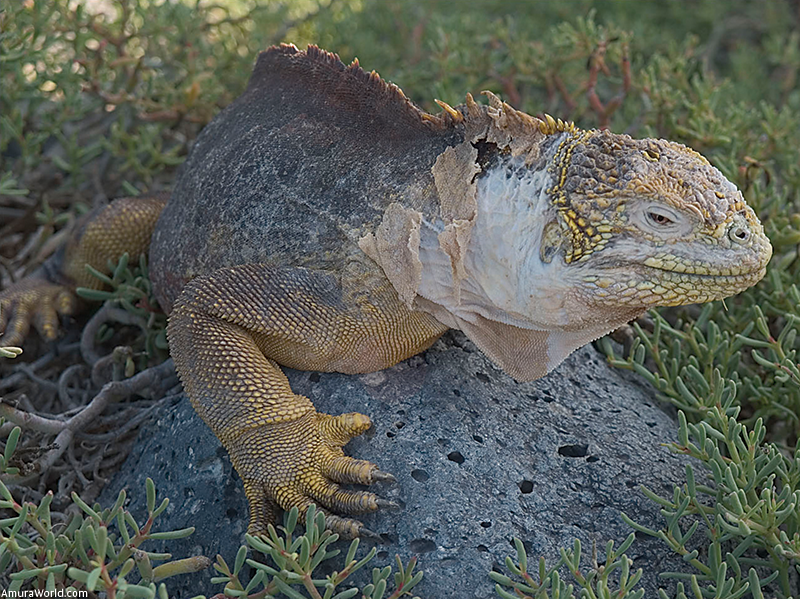On board
Around Puerto Rico
- Puerto Rico has a very dense hydrographic system made up of about 800 superficial water currents. Of these, the more abundant ones are in the north due to a higher concentration of mountains in addition to the sea winds that arrive from anticyclone of Bermuda, to the north of Puerto Rico.
- The island presents ideal sailing conditions. However, both sea and land motor vehicles of any shape or form can not be operated, driven through or anchored in any area reserved for environmental protection or those set aside for public bathing. This must be taken into account as the fines are high and enforcement is strict.
- There is an official and specific sailing regulation in Puerto Rico. In fact, May has been named the ”Sailing and Maritime Safety Month in Puerto Rico”
- In Puerto Rico, and by law, operators of all types of ships are required to practice reasonable and prudent sailing practices and all boats must include safety accouterments such as lighting, rescue and ventilation equipment in addition to fire extinguishers and any other devices needed for the protection of both people and ships plying the country’s bodies of water.
Treasures
- The island of Mona is located 72 km (44.7 m) west of Puerto Rico. With an area of only 54 square km (20.8 square m), this spot features amazing panoramic views of the nearby islands and is now under the protection of the Department of Natural and Environmental Resources of Puerto Rico. Here, visitors can observe the prehistoric Mona iguana, Taino art in maze-like caves, a century-old lighthouse, hawksbill turtles and native species of flora and fauna.
- A very special monster lives on this island. It is Mona’s biggest invertebrate and, at three months, it breaks its shell and starts its fight for life. It is the Mona iguana, which reaches up to a meter (3.3 feet) in length and weighs up to eight kilos (18 pounds). Male iguanas can be seen fighting for the territory occupied by females and the right to mate, while females fight for a place to nest.
- Puerto Rico’s biggest fresh water lagoon is located in Reserva de Tortuguero. The marshlands that surround it are the habitat of many carnivorous plants, caimans and other rare or endemic species of flora and fauna. Caves and springs are some of the attractions of this natural reserve located in the karstic region in northern Puerto Rico. Unfortunately, the reserve is being threatened by urban developments and shopping malls as well as the extraction of silica sand and subterranean water.
- Laguna Tortuguero’s adjoining lands have many species of carnivore plants such as the Drosera Capilaris, which lives in silica sand areas, and the Utricularia Gibba, an aquatic flesh eater that lives in the marshes. However, the only way to watch their feeding methods is with the use of a microscopic camera.
Text: AMURA ± Photo: Archivo W.


